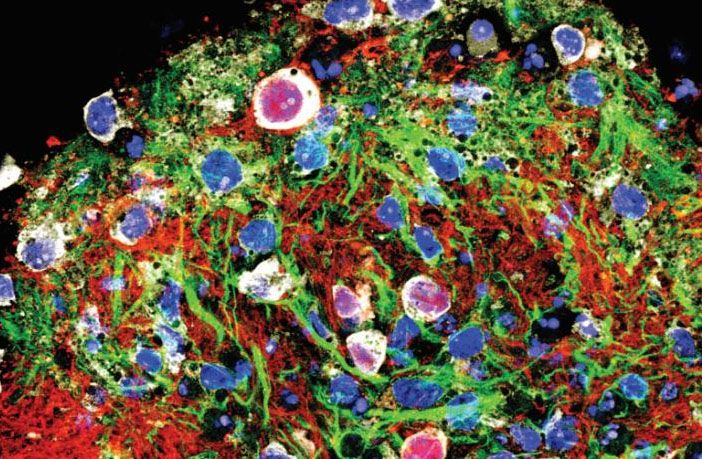Nice write up on the physical sensory parts of the brain and central nervous system. However, everyone is proving and continues to prove that with the electromagnetic spin properties tied to human cells is showing that there is the additional layer of cell to cell communication occurring within the human body as well as these cells which are charged are also able to connect with other charged particles in a room or location. My guess is we will need all to effectively enable meaningful/ useful system intelligence to provide real pragmatic value.
Not everyone is Fred Astaire or Michael Jackson, but even those of us who seem to have two left feet have got rhythm–in our brains. From breathing to walking to chewing, our days are filled with repetitive actions that depend on the rhythmic firing of neurons. Yet the neural circuitry underpinning such seemingly ordinary behaviors is not fully understood, even though better insights could lead to new therapies for disorders such as Parkinson’s disease, ALS and autism.
Recently, neuroscientists at the Salk Institute used stem cells to generate diverse networks of self-contained spinal cord systems in a dish, dubbed circuitoids, to study this rhythmic pattern in neurons. The work, which appears online in the February 14, 2017, issue of eLife, reveals that some of the circuitoids–with no external prompting–exhibited spontaneous, coordinated rhythmic activity of the kind known to drive repetitive movements.
